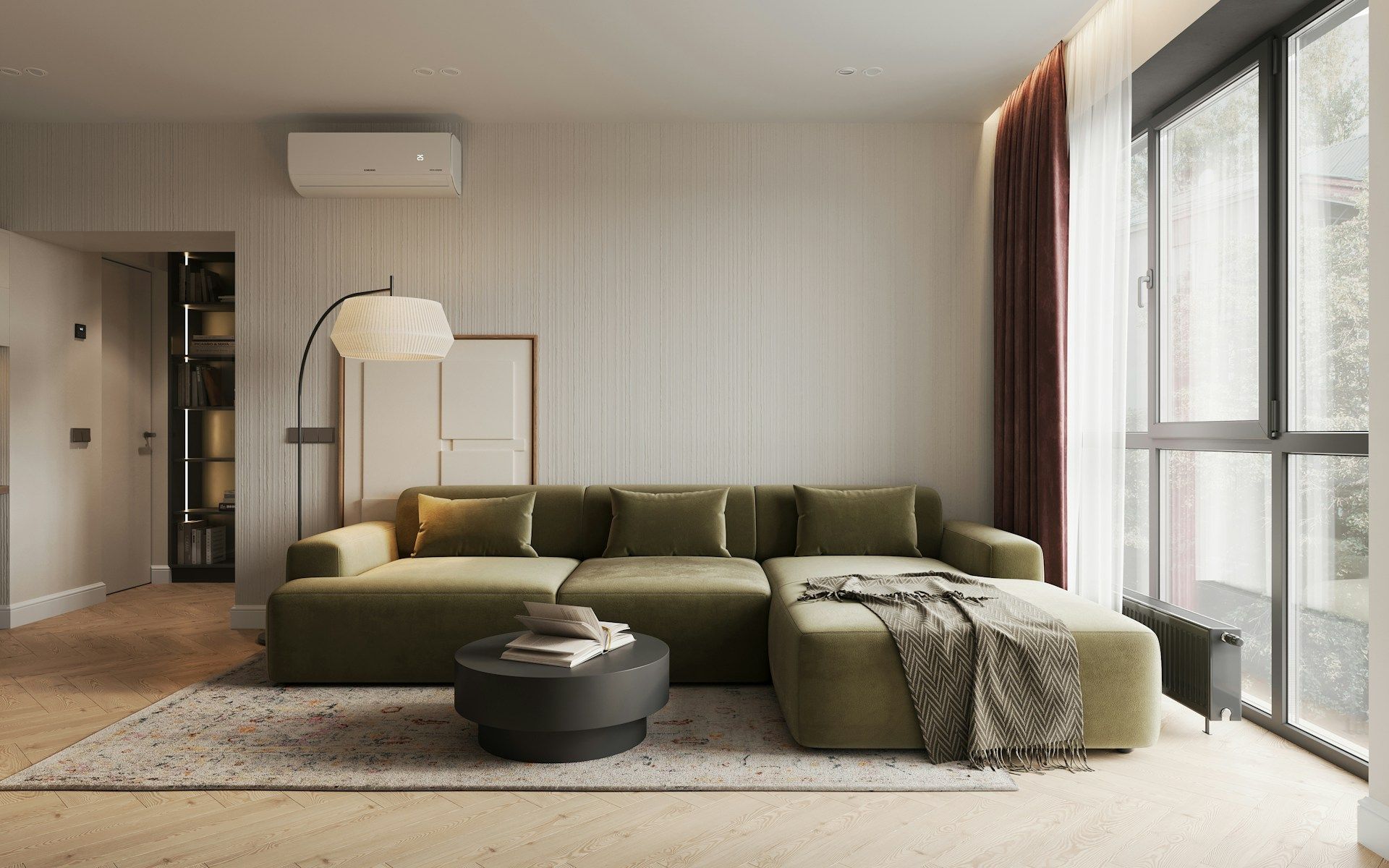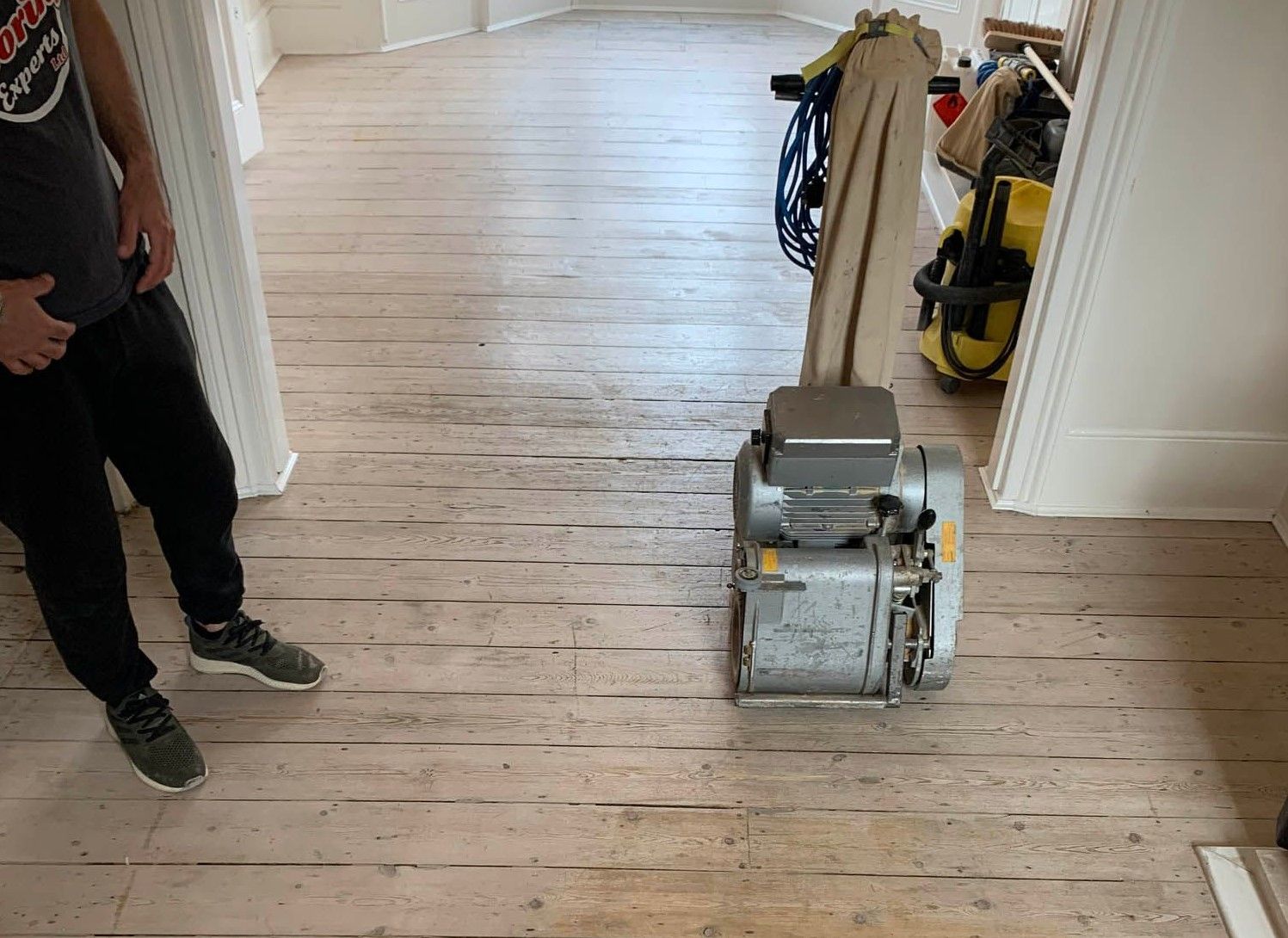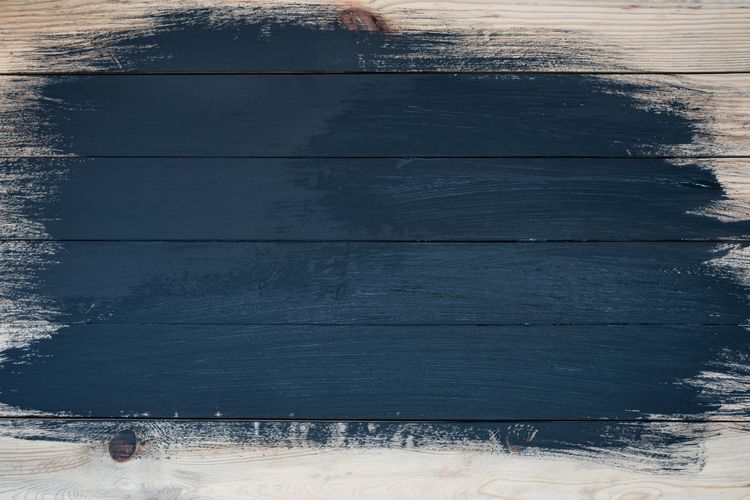What to Know About Floor Sanding in Flats: Leaseholds, Dust & Neighbours

Floor sanding is a transformative process that can breathe new life into an old wooden floor, revealing its hidden beauty and adding significant value to a property. However, when that property is a flat within a larger block, the project evolves from a simple DIY task into a complex logistical and diplomatic operation. Unlike in a detached house, your actions are intimately connected to the lives of those around you. Success hinges not just on the quality of the sanding work, but on meticulous planning, clear communication, and a deep understanding of your legal and social responsibilities.
This guide breaks down the three critical pillars of a successful floor sanding project in a flat: your leasehold agreement, dust containment, and managing relationships with your neighbours.

Pillar 1: The Legalities - Your Leasehold Agreement
Before you even think about hiring a sander, your first and most important port of call is your leasehold agreement. This legally binding document dictates what you can and cannot do within your property.
- Alterations Clause: Most leases contain a specific clause regarding "alterations" or "improvements." While sanding an existing floor is often considered a permissible improvement (as opposed to installing a new one), it is absolutely essential to check. Some leases may require you to seek "licence to alter" from the freeholder or managing agent. This formal process involves submitting your plans for approval.
- Sound Insulation and Structural Requirements: Your lease will almost certainly have covenants requiring you not to cause a nuisance to neighbours. More concretely, it may specify that you must maintain a certain level of sound insulation. After sanding, you will be adding a new finish. It is your responsibility to ensure that the final build-up of the floor (underlay, if any, and the new surface) complies with any required Impact Insulation Class (IIC) or Impact Sound Transmission ratings. Failure to do so could result in complaints and legal orders to rectify the work.
- Building Insurance: Inform your building's managing agent. They need to be aware of any significant works being carried out. While sanding itself is low-risk, it involves powerful machinery and can, in extremely rare cases, trigger fire alarms with dust or cause electrical issues.
- Service Charges: If the project requires the managing agent to spend extra time liaising or if communal areas need extra cleaning due to your works, these costs can sometimes be passed back to you via the service charge.
- Action Plan: Review your lease carefully. If in any doubt, contact your managing agent or freeholder in writing to seek formal permission. It is far better to have approval in your back pocket than to face a legal complaint mid-way through the project.
Pillar 2: The Inevitable Nuisance - Taming the Dust Demon
Dust is the single biggest point of conflict in flat sanding projects. Modern professional sanding is not the cloud-choked nightmare of the past, and are more than capable of catching almost every dust piece.
Professional contractors use sanders with integrated vacuum systems that can capture over 95+% of the dust at source. This is the gold standard and non-negotiable for a flat.
Containment is Key: Beyond the machine itself, a professional team will:
- Seal the Workspace: Use plastic sheeting and masking tape to seal off the room being sanded from the rest of the flat, including vents.
- Create a Negative Air Pressure Environment: In extreme but considerate cases, they may use an "air scrubber" – a machine that pulls dust-laden air from the room and filters it, preventing dust from escaping under the door into the communal hallway or neighbouring flats.
- Use Low-Dust Primers: When applying sealants or primers, low-VOC, low-odour products are chosen to minimise impact.
In a flat, sanding is one of the few jobs where hiring a professional is almost always worth the investment. The cost of a single complaint, a damaged relationship with a neighbour, or the sheer time and stress of cleaning fine dust from your entire flat and potentially the communal areas far outweighs the professional fee.
Pillar 3: The Human Element - Diplomacy with Your Neighbours
Your neighbours have the power to make your project smooth or to bring it to a grinding halt. A considerate approach is your best insurance policy.
Do not just post a generic notice 24 hours in advance. Speak to your immediate adjacent neighbours (above, below, and to the sides) in person, well before the work starts.
- Explain the Process: Tell them what sanding involves – the noise, the duration, and the steps you are taking to mitigate dust.
- Provide a Timeline: Give them a clear, realistic schedule. "The noisiest work, the sanding itself, will be on Tuesday from 9 AM to 3 PM. The quieter work of applying the finish will be on Wednesday and Thursday."
- Be Open to Compromise: Ask if they work night shifts, have important calls, or have infants. Try to schedule the very noisiest work for times that cause the least disruption.

Most local councils have guidelines on construction noise, typically permitting it between 8am or 9am and 6pm on weekdays and with restricted hours on Saturdays. Sundays and Bank Holidays are almost always a no-go for noisy work. Adhering to these is not just polite; it's the law.
The varnishes, oils, and lacquers used can have strong fumes that can travel through ventilation systems. Inform neighbours when you will be applying these coats, as they may wish to keep windows closed. Using water-based finishes is a much more neighbour-friendly option as they have a very low odour.
A Sample Pre-Works Checklist for a Flat Sanding Project:
- 8 Weeks Before: Review lease; research and get quotes from 2-3 professional floor sanding companies with specific experience in flats.
- 4 Weeks Before: Submit formal "licence to alter" request to managing agent if required.
- 2 Weeks Before: Book your chosen contractor, ensuring they use dust-contained sanders and are aware of the building's constraints.
- 1 Week Before: Personally speak to all immediate neighbours. Provide them with the contractor's contact number and your own.
- Day Before: Place a polite notice in the communal entrance (if allowed), reminding residents of the dates. Move all furniture and prepare the flat.
- During the Works: The contractor seals the room, uses dust-contained sanders, and adheres to the agreed working hours.
- After the Works: A quick follow-up with neighbours to thank them for their patience can work wonders for long-term relations.
In conclusion, sanding the floors in your flat can be a highly rewarding project that enhances your living space. By respecting the legal framework of your lease, investing in professional dust containment, and treating your neighbours with consideration and transparency, you can ensure the process is smooth, successful, and strife-free. Remember, in a flat, good neighbourly relations are as important a foundation as the floorboards themselves.



